First Aid for the Snakes of Victoria
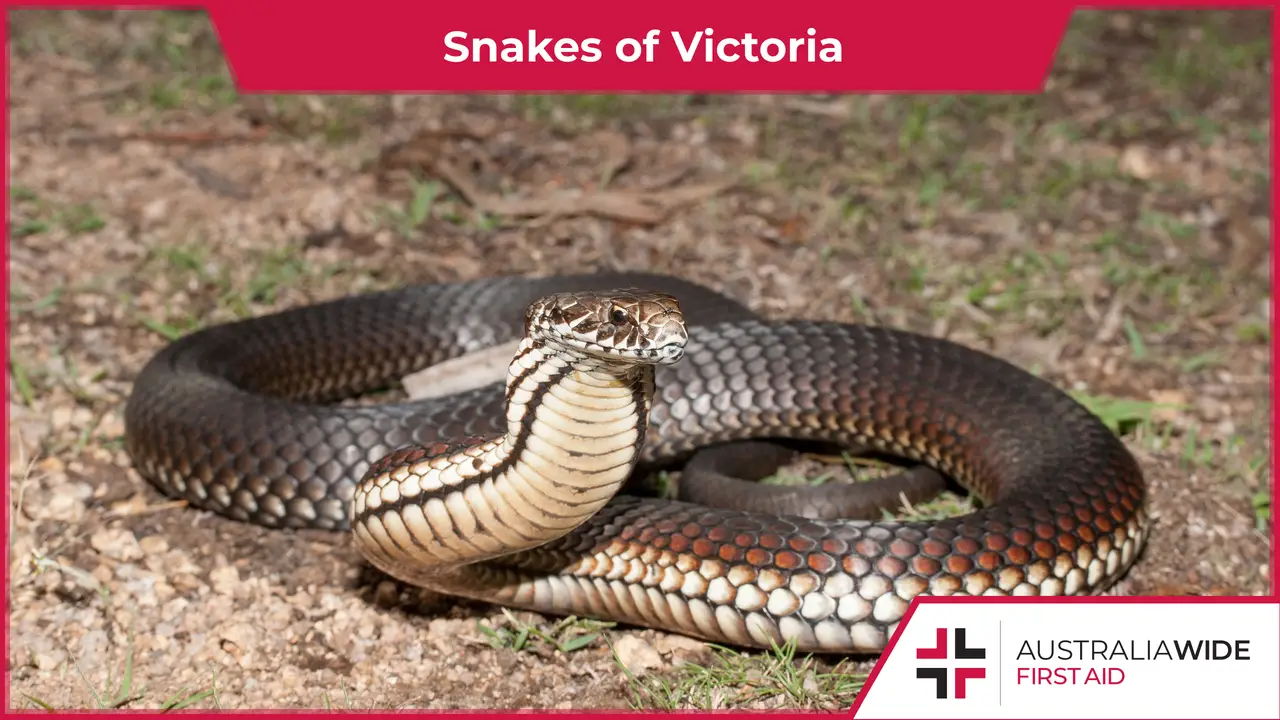

Due to recent warm weather and flooding, Victoria is currently experiencing an influx of venomous snakes in homes, playgrounds, and workplaces.
In this article, we will describe the characteristics and preferred habitats of five of the most dangerous snakes found in Victoria.
While these snakes will never go out of their way to attack you, their venom is designed to stun, numb, or kill other animals and so can cause a host of deadly symptoms in humans.
We also cover snake bites in our general and childcare first aid courses. We have training locations throughout Victoria and every other state in Australia - head to our Locations page to enrol in a course near you today.
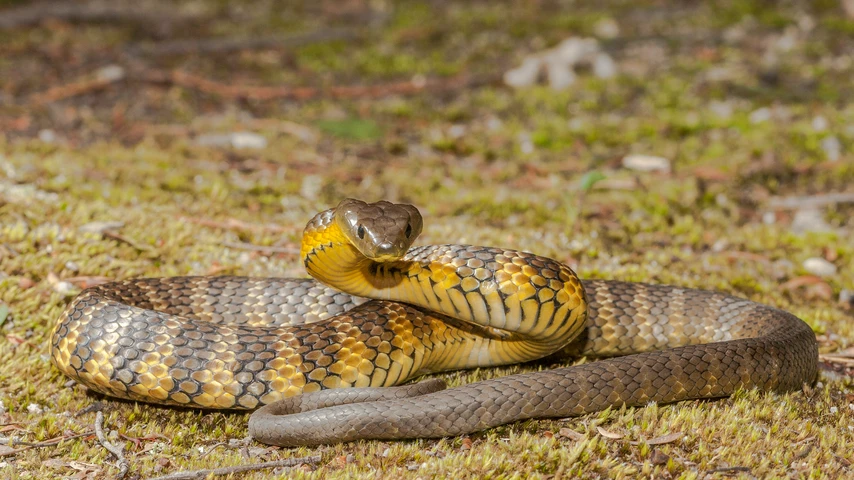
The Tiger snake (Notechis scutatus) is renowned for having yellow and black cross-bands along its back and sides. However, not all individuals have this pattern, and you should also look out for the following identifying characteristics:
They are commonly encountered in watery and/or highly degraded habitats across most of Victoria, expect for semi-arid environments in the northwest of the state.
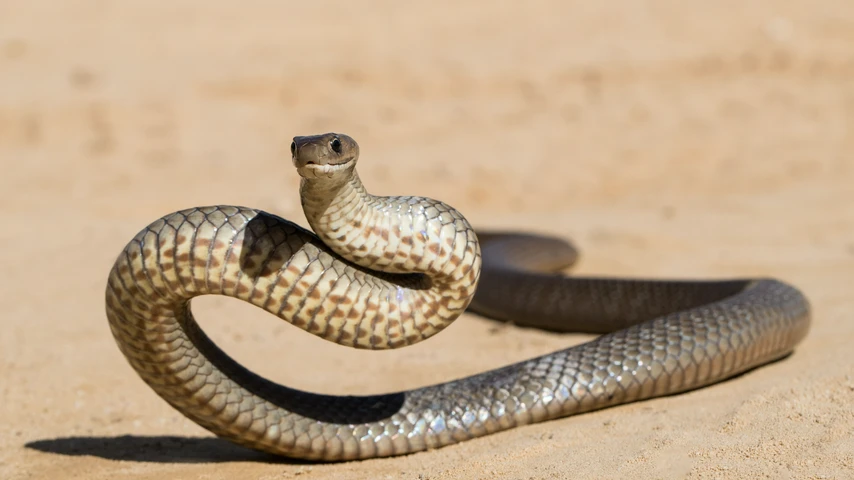
The Eastern brown snake (Pseudonaja textilis) has the following identifying characteristics:
They are commonly encountered in dry habitats, such as woodlands and grasslands, across most of Victoria, save for the Otway Ranges in the south and much of west and south Gippsland.
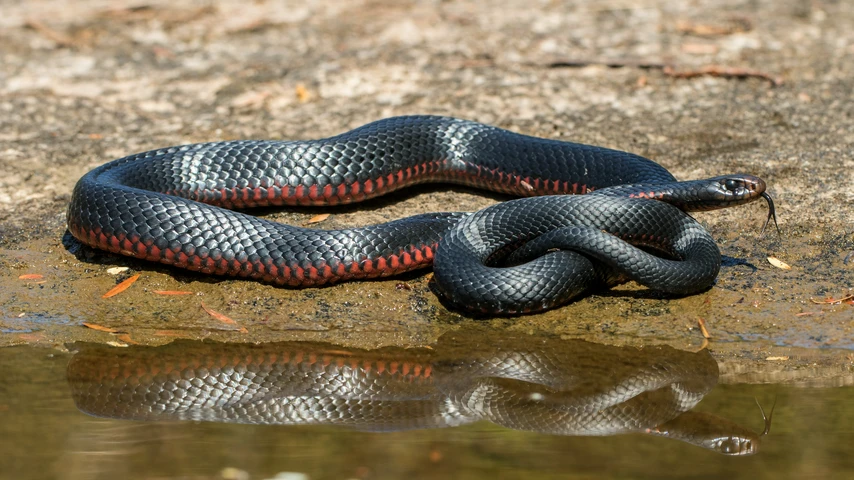
The Red bellied black snake (Pseudechis porphyriacus) has the following identifying characteristics:
They are commonly encountered in moist habitats, including swamps and rainforests, in eastern, north-eastern, and central Victoria.
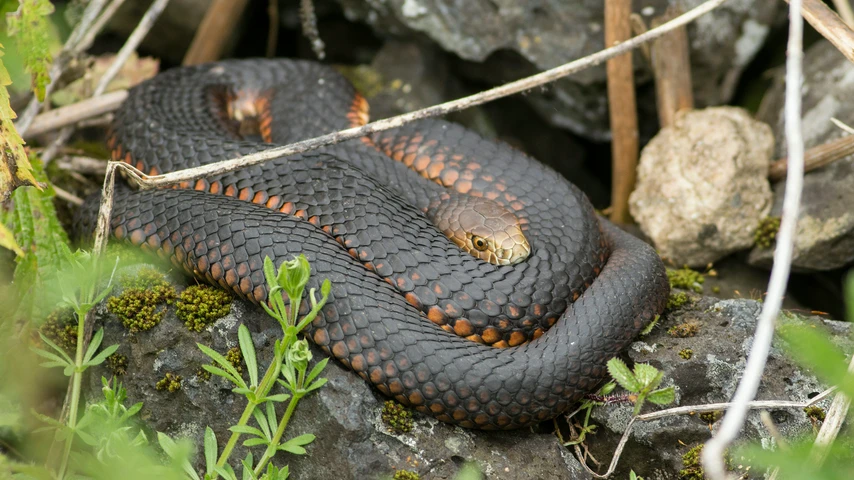
Highland copperheads (Austrelaps ramsayi) and Lowland copperheads (Austrelaps superbus) share many identifying characteristics, including:
Both Highland and Lowland copperheads are usually found close to water in a variety of habitats, including woodlands, heathlands, and disturbed areas.
Highland copperheads are commonly encountered in north-eastern and eastern Victoria, while Lowland individuals live in southern and eastern Victoria.
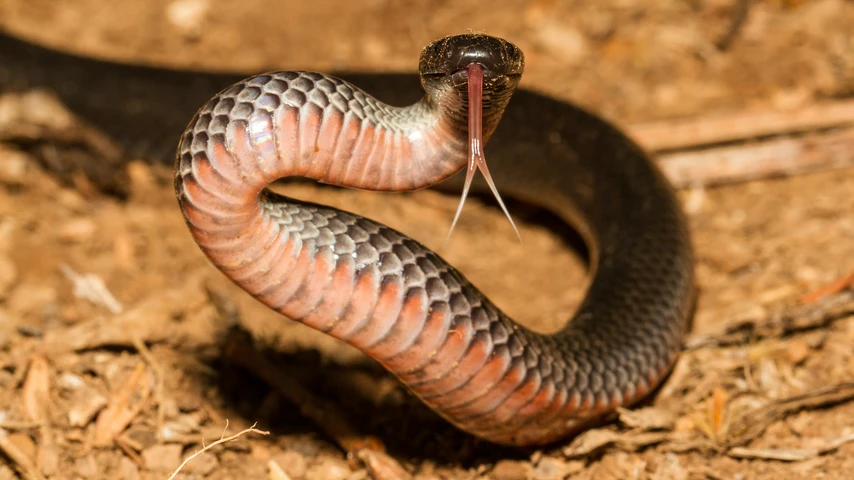
The Eastern small eyed snake (Cryptophis Nigrescens) has the following identifying characteristics:
They are common in habitats with a high moisture level, including rainforest and wet sclerophyll forest, in regional Victoria, from the far east to the outer west and south.
It is important to note, it may take up to 2 hours for these symptoms to become apparent:
It can be difficult to positively identify different types of snakes, as individuals of the same species can vary dramatically in colour, pattern, and size. As such, all snake bites should be treated as a medical emergency.
If you or someone else is bitten by a snake, call Triple Zero (000) for emergency services and apply a pressure bandage as part of the Pressure Immobilisation Technique. It is important to remember that snake bites rarely cause fatalities, as modern anti venoms are typically effective at neutralising most snake bites.
Likewise, snakes will never go out of their way to attack you - they will generally only bite people when threatened or provoked. As such, if you encounter a snake, do not attempt to approach, capture, or kill it. If you need a snake relocated from your home, contact a snake catcher instead.
Victoria is home to 5 venomous species of snake that can cause a host of deadly symptoms in humans, ranging from bleeding and swelling to irregular heartbeat and death.
These deadly snakes will never go out of their way to attack you, and their bites will rarely cause death due to the effectiveness of modern anti venoms. If you do sustain a bite, follow the first aid procedure outlined in our Resource Library.
We also cover snake bites in our general and childcare first aid courses. We have training locations throughout Victoria and every other state in Australia - head to our Locations page to enrol in a course near you today.

March 11, 2025
Darwin, the tropical capital of Australia’s Northern Territory, is home to a rich diversity of wildlife - including an impressive array of spiders. From the sprawling webs of golden orb-weavers to the cryptic camouflage of trapdoor spiders, these arachnids play a vital role in the local ecosystem. While some may inspire fear, the majority are harmless and even beneficial, helping to control insect populations.

September 4, 2024
Cat bites, while often underestimated, can lead to serious health complications if not treated promptly and properly. Cats' mouths harbour a variety of bacteria that can cause infections in humans.

April 1, 2024
Encounters with wildlife can often be thrilling, but when it comes to the creature known as the drop bear, the experience can quickly turn dangerous. A sharp increase in recent attacks prompts the need for understanding proper first aid procedures in case of an attack.